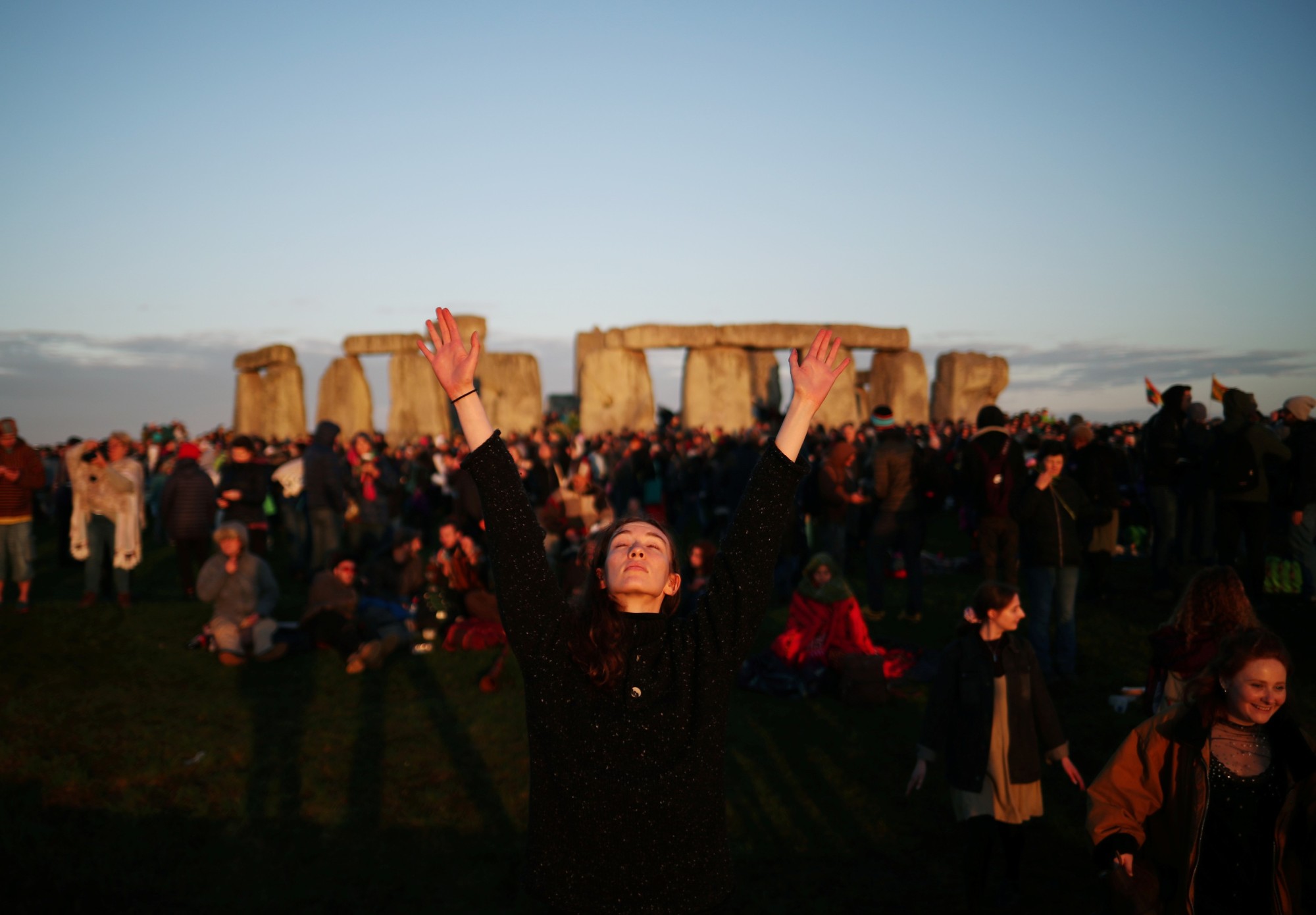People around the world can now view the movement of the sun and stars over the ancient stone circle at Britain's Stonehenge through a livestream launched on Friday, the summer solstice.
The solstice marks the longest day of the year in the Northern Hemisphere and has been celebrated for millennia at Stonehenge, a still-mysterious site built more than 4,500 years ago and apparently designed to align with movements of the sun.
Thousands gather on June 21 every year to see the sun rise directly behind the largest stone at the World Heritage site in southwest England and its first rays shine into the heart of circle.
The livestream was devised by scientist Maggie Aderin-Pocock together with English Heritage, the charity that manages Stonehenge, to give more people access to the sight.
"We live in quite large cities sometimes with tall buildings so we don't see so much of the sky, and at nighttime there is lots of light pollution, so we are losing that access," said Aderin-Pocock.
"We don't often just step out and look at the night sky — and with a monument like Stonehenge, that is just what our ancestors were doing."
In the daytime the camera shows live photographs taken at the site, while at night it uses detailed computer generated images showing the exact position of the moon and stars to avoid the view being obscured by clouds.
"Stonehenge was built to align with the sun, and to Neolithic people, the skies were arguably as important as the surrounding landscape," said Susan Greaney, a senior historian at English Heritage.
"Stonehenge's connection with the skies is a crucial part of understanding the monument today and we are really excited to share this view online with people all over the world."




















With your current subscription plan you can comment on stories. However, before writing your first comment, please create a display name in the Profile section of your subscriber account page.